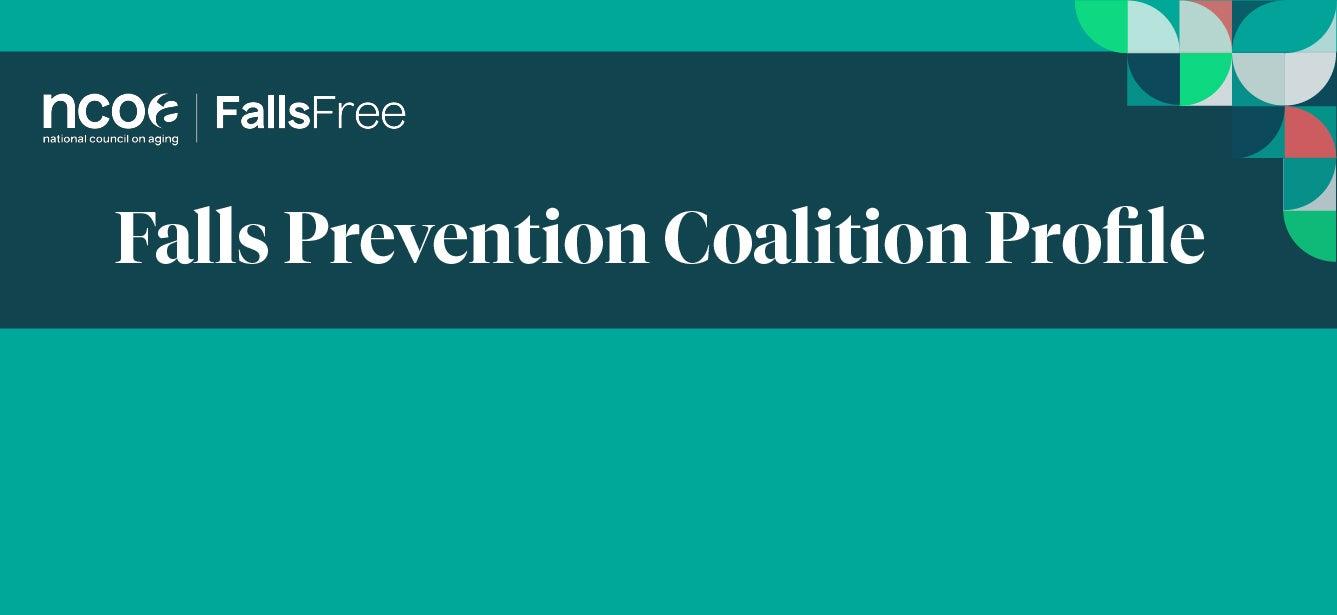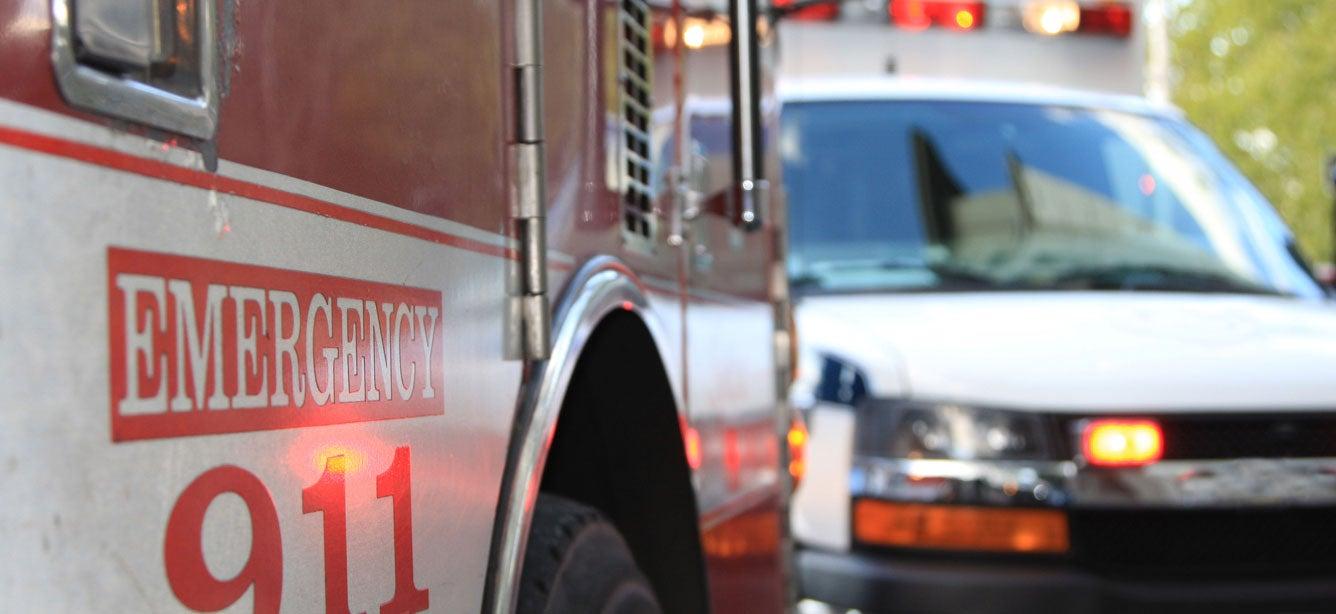
In Texas, the Falls Prevention Coalition has undergone several leadership changes and a name change, meanwhile strengthening its mission to create lasting change to reduce falls in diverse communities across the state.
The history of the Texas Takes on Falls Coalition
From 2007 to 2011, the Texas Falls Prevention Coalition (TFPC) was under the leadership of the Texas Association of Area Agencies on Aging (T4A). In 2007, T4A submitted a grant application to the Department of Aging and Disability Services (DADS) and received a $200,000 grant to implement the A Matter of Balance Lay Leader model in Texas. Drs. Marcia Ory and Matthew Smith were involved in the evaluation of the project, and 77 Master Trainers and 55 Coaches were trained, while 1,100 older Texans participated in A Matter of Balance.
In 2008, another $200,000 was awarded by DADS to TFPC. The coalition consisted of 25 of 28 AAAs. A part-time TFPC coordinator was hired. In September 2008, Humana became the statewide sponsor and awarded TFPC $100,000. In 2008, the Governor of Texas signed a Proclamation in recognition of Falls Prevention Awareness Day.
From 2011-2014, TFPC leadership transferred to Area Agency on Aging of Tarrant County. The coalition broadened its focus and was expanded to the Evidence-based Programs Coalition.
In 2014, Texas A&M University assumed leadership of TFPC. Marcia Ory, PhD, MPH, of Texas A&M University, formed a steering committee to guide the work of the coalition, and TFPC grew to over 100 organizations. TFPC coordinated Falls Prevention Awareness Week, local events, and educational opportunities. TFPC had a quarterly newsletter and worked with the state to create the Governor’s Proclamation. In 2017, Matthew Smith, PhD, MPH, CHES, also of Texas A&M University, led efforts to transform TFPC to the Active for Life Coalition. Active for Life combined falls prevention and chronic disease, broadening its areas of focus and making it more encompassing.
In 2022, coalition leadership transferred to Texas Healthy at Home and WellMed Charitable Foundation. The coalition’s focus narrowed once again to falls prevention, and its name changed to Texas Takes on Falls Coalition. A Strategic Planning Committee was formed, and the 2022-2024 Texas Takes on Falls Mission and Strategic Plan were developed. The coalition is currently developing the 2025-2026 Strategic Plan.
Current goals and objectives for the Texas Takes on Falls Coalition
The Texas Takes on Falls Coalition mission: Create systemic lasting change that reduces falls in communities across Texas.
2025-2026 Strategic Priorities:
- Priority 1: Promote awareness to help the general public understand the gravity of the problem of falls and its human and financial impact in the home and healthcare field through a statewide campaign that uses fresh graphics, bold communication, and statistics.
- Priority 2: Promote access to, and utilization of, local resources and services to reduce fall-related risk.
Leadership for the Texas Tales on Falls Coalition
- WellMed Charitable Foundation, Co-Lead: Debbie Billa dbilla@wellmed.net
- Texas Healthy at Home, Co-Lead: Christina Bartha; c.bartha@texashealthyathome.org
Key Partners for the Texas Takes on Falls Coalition
- Aetna
- Alamo Area Council of Governments
- Arlington Fire Department
- BakerRipley
- Baylor Scott & White Health
- Capital Area Council of Governments Area Agency on Aging
- Care 'N Care
- Coastal Bend Council of Governments Area Agency on Aging
- Concho Valley Council of Governments
- Community Council of Greater Dallas
- DFW Hospital Council Foundation
- Deep East Texas Council of Governments Area Agency on Aging
- engAGE Travis County
- Heart of Texas Council of Governments Area Agency on Aging
- Hispanic Wellness Coalition
- Lewisville Fire Department
- Meals on Wheels of Tarrant County
- MedStar Mobile Healthcare
- Molina Healthcare
- North Central Texas Council of Governments Area Agency on Aging
- Pat Gleason-Wynn, PhD, LCSW, CSW-G, BSN, RN-BC
- Sixty & Better
- Southwest Cares Foundation
- Texas A&M Agrilife Extension
- Texas A&M School of Public Health
- Center for Community Health and Aging
- Center for Health Equity and Evaluation Research
- Texas Health and Human Services
- Texas Health Resources
- Texas Healthy at Home
- United Way of Tarrant County
- University of North Texas Health Science Center
- University of Texas at Arlington
- WellMed Charitable Foundation
- Wellpoint
What has the Texas Takes on Falls Coalition achieved?
- The Texas Takes on Falls Strategic Planning Committee completed and approved the Coalition’s 2022-2024 Strategic Plan. Workgroups were recently formed to achieve the goals and objectives in the strategic plan.
- The coalition expanded to include 30 multisector organizations representing academic institutions, first responders, health care entities, community-based organizations, community-based volunteers, and government entities.
What are the current challenges for the Texas Takes on Falls Coalition?
- Limited public awareness and engagement
- Fragmented coordination and partnerships
- Technological and digital divide
- Data collection and utilization
What evidence-based falls prevention programs are currently offered by the Texas Takes on Falls Coalition?
- A Matter of Balance
- Bingocize
- Tai Chi for Arthritis and Fall Prevention
- Tai Ji Quan: Moving for Better Balance
- Stay Active and Independent for Life (SAIL)
- Texercise Select
- HomeMeds
What outcomes are monitored by the Texas Takes on Falls Coalition?
- Stronger partnerships with aging networks, healthcare professionals, and community-based organizations to improve coordination, expand program reach and increase access to evidence-based programs.
- Improved identification and intervention for high-risk individuals through predictive analytics and real-time, targeted outreach tools.
- A successful Falls Prevention Summit that fosters collaboration, policy discussions, and long-term strategic planning.
- Sustainable coalition growth and impact through innovative engagement strategies, expanded partnerships, and ongoing technological advancements.


